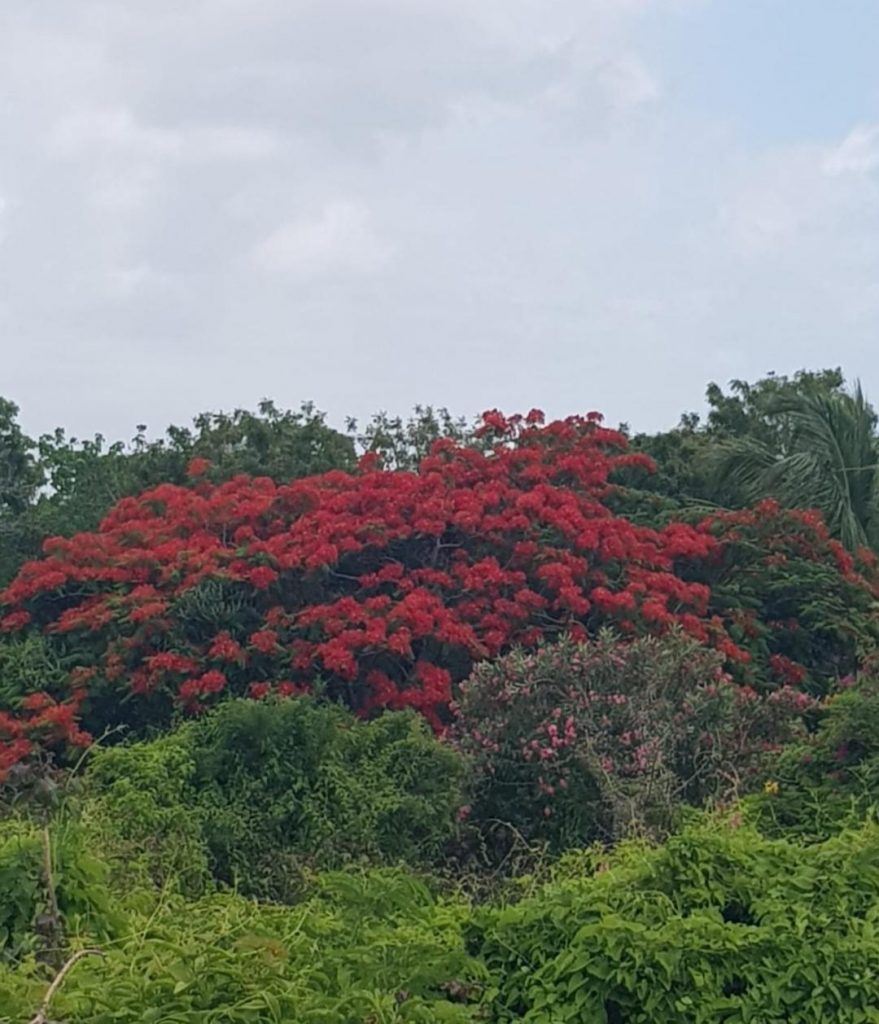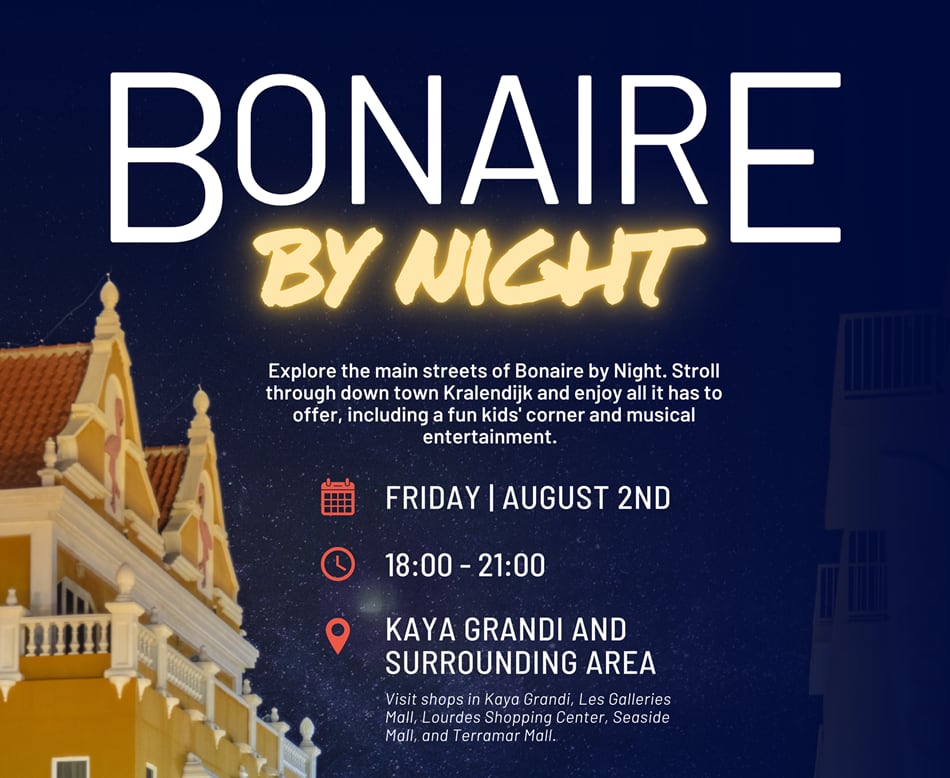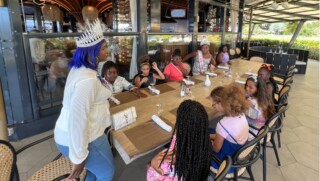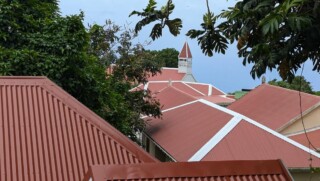Opinion: May we never forget

Dear Editor,
I read somewhere and I quote: “Studying history will sometimes disturb you; Studying history will sometimes upset you; Studying history will sometimes make you furious and if studying history always makes you feel proud and happy, you probably aren’t studying history”. And so it also is with telling stories about our history. Some of those stories will disturb or even infuriate us, but the stories must be told.
I will read a passage from the book, “Statia Silhouettes”, in which the late Charles Arnold speaks about Mr. Moore and the Golden Rock Plantation: “The slave master that we knew most about is a fellow by the name of Moore. He owned Golden Rock at the time. After freedom – which the Dutch Government I think paid at the equivalent of more or less 2500 dollars for the freedom of every slave on the island. And this Mr. Moore, they had a fellow by the name of Jim. And he used to take pleasure in seein ‘em beat Jim every day. And the whipper – they also had a slave whipper. So, a fellow, also, my father family Harkless, Harkless, he was the whipper”.
While talking with local historian, Walter Hellebrand about our history, he drew my attention to the old records. It is actually documented that the Golden Rock Plantation or Golden Rock Estate, as it was called by the late Charles Arnold and the late Kenneth van Putten, was cultivated in 1636 by the Dutch where things like tobacco and later on, sugarcane, were harvested.
Prior to Mr. Moore owning the Golden Rock Estate, it was owned by Abraham Heyliger. As was common practice in those days, Heyliger made a list of all of his properties. The enslaved were not seen as people in those days, so they were also listed as property. Based on these old records, we know quite a few of the names of the enslaved. So, on this here Emancipation Day, or July Day as we call it in Statia, I pay homage to all the ancestors whose lives were ripped apart due to the evil practice of the transatlantic slave trade. Many of their names we do not know. But I will now say some of the names of the enslaved on Statia, who were held in captivity by Abraham Heyliger. And as I do so, I reflect on their struggles, their suffering, their triumps and their will to survive. Here are the names: Bull, Mumu, Boca, Congo Phoenix, February, Jack, Zeeland, Kwaku, Congo Dick, Jacob, Saba Jacob, Jemmi, Kleintje, Suzanna, Saba Suzanna, Jengay, Diana, Barbara, Umpu, Dinia, Noortje, Pindar, Jantje, Blossom, Coimba, Son of Marietje, Rose, Eva, Nanny Ibo. Of course, there are many more names.
William Moore, the father of Mr. Moore bought the Golden Rock plantation in 1791 from the heirs of Abraham Heyliger. The plantation then came with 53 enslaved Africans.
Are the bones that are currently being dug up at the Golden Rock planation, those of Nanny Ibo, Blossem, Noortje or Congo Phoenix? Or are these the bones of their descendants?
We must restore the human dignity of our enslaved ancestors. Perhaps one of the ways to truly restore their dignity, to give them peace, and to help us heal is to put a temporary halt to the excavations and engage in meaningful and respectful dialogue with the community of Statia about how best to honor them, how best to move forward.
“Happy, Happy July Day. I glad I live to see that day”.
Xiomara Balentina
Also read
- Traveling abroad?

- Curaçao Seeks ‘Level Playing Field’ for Local Airlines

- First Edition of Bonaire by Night on Friday, August 2

- Edsel Winklaar appointed interim director at Selibon N.V.

- Bonaire Human Rights Organization advocates for Bonaire in Azerbaijan





















